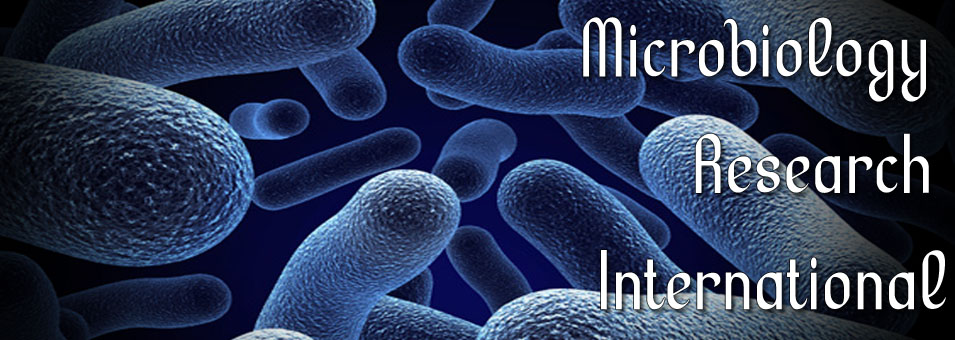Detect of human fecal contamination in water and soil of multiple sanitary landfills in Baghdad city
Raghad Salman Mouhamad, Areej Atiyah Hussein, Suad A. Alsaedi, Nadia Salman Nasif and Saad Obaid JodaMicrobiology Research International
Published: October 19 2017
Volume 5, Issue 4
Pages 43-50
Abstract
Pollution of the local site has the potential of causing a number of issues as a result of pollution of local environment such as contamination of ground water or aquifers or soil contamination, improper dumping of rubbish, garbage, or other sorts of solid wastes and lack of facilities maintenance, poorly run landfills may become nuisances to the environment because poorly manage landfill attracts vectors such as rats and flies which can cause infectious diseases. The occurrence of such vectors can be mitigated through the use of daily cover. The aim of this study is to detect E. coil in ground water and soil around solid waste disposal in three landfill sites in Baghdad city. Three sites of landfill, located in south Baghdad city, Iraq, were used in this study during the period from 1st March 2013 to 1st March 2014. The sites were namely, Al-Emarry, Al-Boaatha, Erkaia and Fathel. The groundwater and soil from these three city were manually sampled using clean containers. Macro analysis was done by the necked eyes by observing odour and the color of water samples, also pH meter was used to evaluate the pH value in the soil and water samples, while micro analysis was done on specimens collected by streaking method with the use of MacConke ager and nutrient agar surface and the specimens was incubated at 37°C for 24 h. Bacteriological and biochemical tests were performed to recover E. coil, viable cell counts. Statistical analysis was performed by using Statistical Package of Social Sciences (SPSS), and P-value < 0.05 indicates significant differences. This study shows that the value of pH in soil sample vary from 7.1 to 7.4 in the studied area. The value recorded in Al-Boaatha site is 7.45, while the water samples from Al-Emarry site show highest value (8.4), comparing with each other. Viable cell count demonstrated that E. coli constitutes a higher number (2400/100 ml) in soil solution from Erkaia and Fathel site compared with other sites. According to most probable number (MPN) of total coliforms (TC), fecal coliforms (FC), E. coli and fecal streptococci assessment in the soil and water samples, the result revealed that E. coli has the highest statistical significant differences in Erkaia and Fathel site among three sites. In conclusion, water samples from the studied area were contaminated and this in-turn has social and environmental impact. Due to lack of alternatives to another source of water, many individual from the studies area still consume the water.
Keywords: Escherichia coli, solid waste landfill, wastewater, dump.
Full Text PDF
